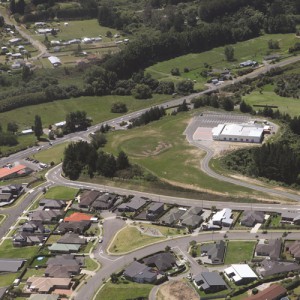What really drives collaboration and connectedness between councils? One powerful
driver is where the councils concerned are small and thus have to ‘cut their cloth’, but
still deliver appropriate services that a community wants and is willing to pay for. The
eastern Bay of Plenty is made up of the Whakatane, Opotiki and Kawerau District Councils
which have developed a complex latticework of collaboration, cooperation and generosity
enabling them to serve their communities well without compromising their governance
independence. It is interesting to note that all these arrangements are designed to save on
costs via economies of scale as well as ‘finding cheaper ways to get the result’, and still
improve customer service.
Like other small communities in New Zealand the eastern Bay perspective is different, by
necessity, from its city and regional council cousins. Small councils have a much smaller
workforce, which means people may have to ‘muck in’ and multi-task to get the job done,
rather than just follow their job description. This can lead to a higher level of innovation and
flexibility than in larger councils; ‘necessity being the mother of invention’. It also means
that bigger, better-off neighbour councils may need to help out at times with specialist staff
expertise which can be difficult to attract for part time roles. This includes ICT, Planning,
Consenting, HR, Communication and other corporate service areas.
Small Councils also provide a learning opportunity for specialist staff from larger councils
who can find themselves in sole charge roles, with a greater level of decision-making
ability, and a wider responsibility than they may be used to. This process also helps to
promote consistency across a region, and allows skills to be more widely shared. It also
helps the larger Council to maintain scale and broader expertise in key functions.


